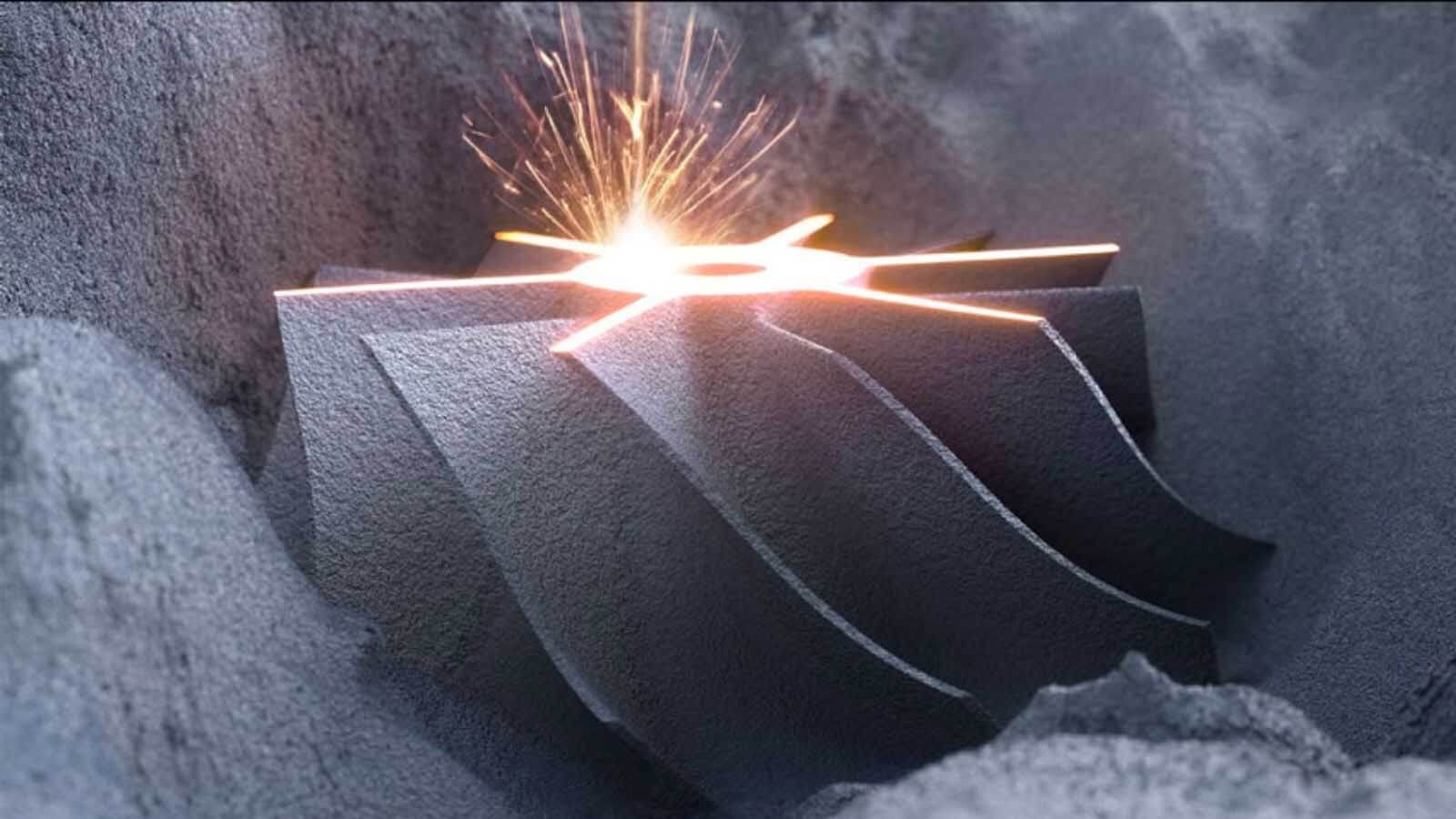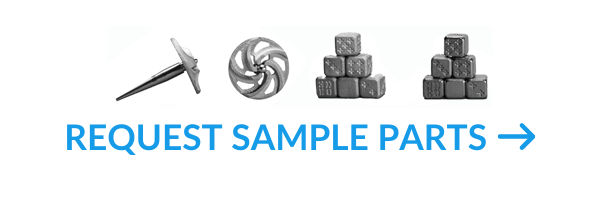Overview of Powder Bed Fusion – Metal 3D Printing
Powder Bed Fusion is a popular technique for metal additive manufacturing and includes two main technologies: Laser Sintering and Electron Beam. These techniques are grouped together since they each begin with a layer of metal powder being rolled onto the build tray, and then an energy source (laser or electron beam) fuses or melts the powder into deliberate 2D designs. These 2D layers are fused on top of each other to create the 3D object. Electron beams produce more energy than lasers and are chosen to fuse the highest temperature metal superalloys for parts used in extreme conditions such as jet engines and gas turbines.
3DEO Series: An Introduction to Metal 3D Printing
This post is part 3 of a guide by 3DEO meant to introduce engineers and designers to metal additive manufacturing. Subscribe to our email list to stay current on all of our articles.
The other articles in the series are:
1) What is Additive Manufacturing? An Intro & Benefits
2) Overview of the Metal 3D Printing ProcessesThe first article answers the question “What is additive manufacturing?” and provides a general introduction to AM and its benefits.
There are several branded names for different PBF processes, so it’s important to know that while they might sound different, they are essentially the same process. For example, direct metal laser sintering (DMLS) is one of the best known names for laser sintering. Other synonyms for laser sintering also include selective laser sintering (SLS), selective laser melting (SLM), laser metal fusion (LMF), direct laser melting (DLM), and direct metal printing (DMP). Electron Beam Melting (EBM) is one of the most common processes utilizing an electron beam as a heat source and is patented by Arcam — a company that was recently purchased by GE.
Advantages of Powder Bed Fusion – Metal Additive Manufacturing
PBF is a currently the most common and well known form of metal additive manufacturing. There are a number of reasons for the popularity of PBF, most notably that the high-precision lasers and electron beams can create intricate parts using a wide range of materials. PBF is also capable of creating larger parts than some of the other technologies like binder jetting or material jetting. The practical advantage is that very few other metal additive manufacturing techniques can produce fully dense parts with properties approaching wrought material. The sheer number of companies making PBF machines is also beneficial because the technology is widely available for the companies willing to invest in these systems.
- High precision with tight tolerances
- Widest range of materials
- Larger parts
- Good material properties
Disadvantages of Powder Bed Fusion (PBF) – Metal AM
The PBF process is quite complex, which results in very expensive machines. A high-quality laser sintering machine can cost well over $1 million, and that does not cover maintenance and post-processing of parts. The high machine cost is amortized with each build, and passed through to each part created. For most applications, machine amortization alone for PBF causes part cost to be prohibitively expensive. The rare production scenarios where the costs can be justified include high-end applications such as aerospace and turbine components, but they are not practical for more mainstream metal applications. Beyond cost, PBF is a relatively slow process and it can take days or even weeks to create large parts. This precludes it from being useful in most production scenarios due to the low throughput and high cost.
While PBF is popular because of its ability to work with a wide variety of materials and create relatively large parts, there are also issues with the material properties in the vertical direction (Z axis) due to the layers being melted together. Typically, the Z-axis strength is only 50-70% of the X and Y axes and must be accounted for in part design. Using lasers is also considered to be a degrading process since the last part you create in a manufacturing run typically differs from the first, if the laser hasn’t been carefully watched and re-calibrated along the way.
- Parts are very expensive
- Degrading process makes repeatability difficult
- Generally slow and expensive to scale
Work with 3DEO
3DEO makes high quality metal components with our proprietary metal 3D printers. We specialize in manufacturing low/medium volumes on demand, which means there’s no need to worry about long lead times, minimum order quantities, or high tooling/setup costs.
{{cta(‘8e2d4675-7c44-4d4b-99af-c8ef1aa04dce’)}}



